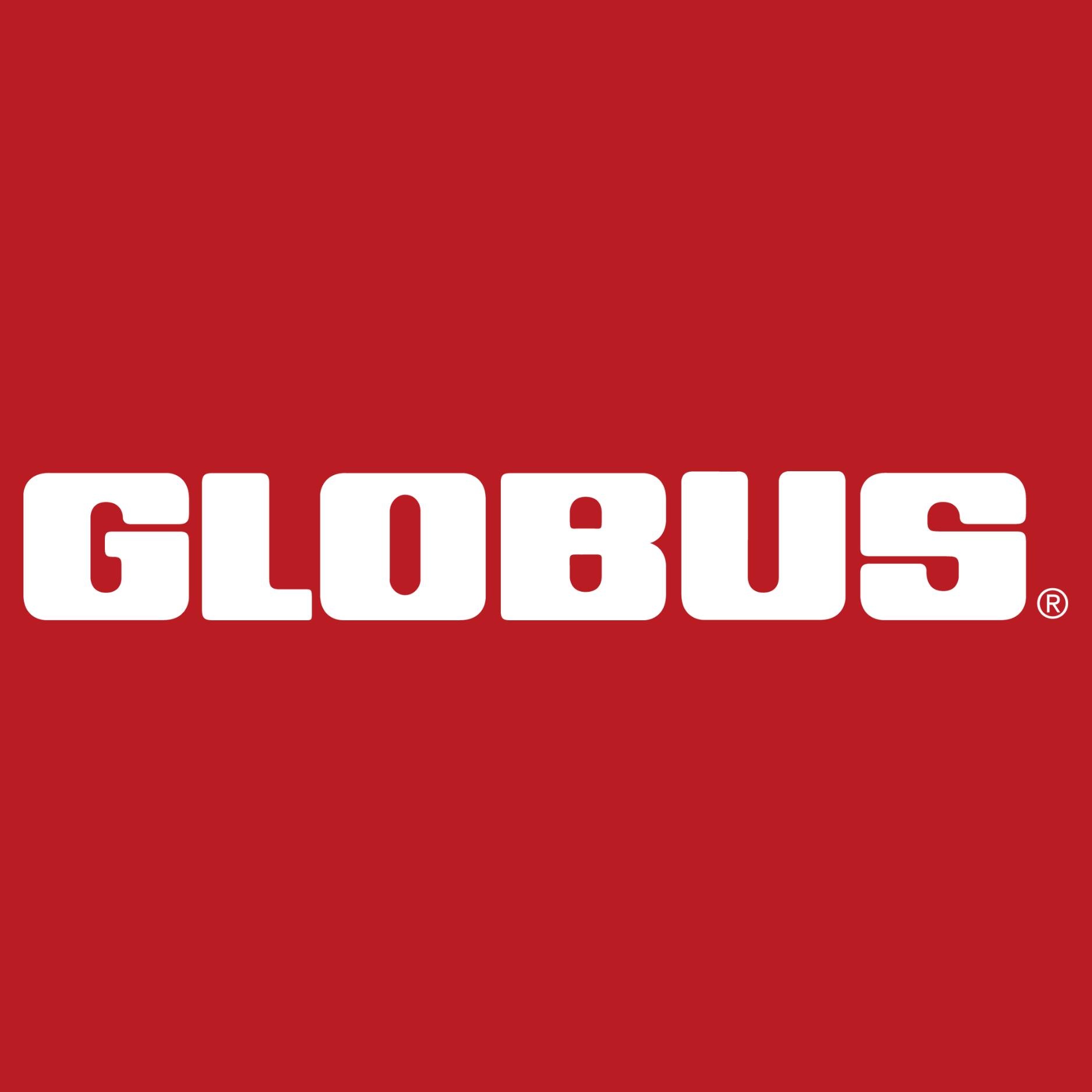Everest & Gokyo Lakes Circuit
18 nights from $3375
Everest & Gokyo Lakes Circuit
Embark on a circular trek via the Gokyo Lakes, crossing the Cho La pass to Everest Base Camp
 Exodus Adventure Travels
Exodus Adventure Travels
$3375 pp excluding flights $188 per night
- Key Info
- Overview
- Photos
- Dates

- Enjoy a circular trek via the quieter Gokyo Valley
- Stay beside the azure glacial lake at Gokyo
- Climb Gokyo Ri for magnificent views of the Himalaya including four 8,000m peaks: Everest, Lhotse, Makalu and Cho Oyu
- Cross the Ngozumpo Glacier and conquer the Cho La pass
- Ascend Kala Pattar and Gokyo Ri for views of Everest and other Himalaya giants
- Trek to Everest Base Camp and stand at the foot of the highest mountain on Earth
We stay in teahouses for most of this adventure, a classic experience for trekkers in the Himalaya. We spend the rest of our time in hotels. Below is more information on the places we stay.
Kathmandu: Royal Singi Hotel (nights 1 and 17-18)
The Royal Singi, a three-star hotel, has been welcoming our groups for more than two decades. The name is inspired by the Snow Lion, a mythical creature in Tibetan Buddhism, which represents immense joy, positivity, delight and comfort. The hotel embraces the name with a restaurant, bar, outdoor courtyard, and complimentary wifi throughout. There’s also an Exodus desk in the lobby and an Exodus representative is usually available daily in the mornings and evenings. The Royal Singi is well located near the Thamel district, close to banks, restaurants, shops and attractions.
Himalaya: Teahouses (nights 2-16)
Staying in teahouses is a time-tested tradition for hikers in the Himalaya. They may be basic, but they’re a welcome sight after a day of walking among the spectacular peaks. The hub of teahouse living is the dining room, which is usually decorated with traditional rugs, sometimes with a stove or heater (some lodges charge a fee to put the heater on). Most teahouses sell snacks and other essentials such as tissues, soap and toilet paper.
We stay in twin-share bedrooms, which come with foam mattresses, bedsheets and a pillow. Remember to bring (or hire) a sleeping bag, rooms are unheated so they can get cold at night.
Worth knowing
Some teahouses above 9,845ft (3,000m) may not be heated due to local environmental restrictions. Occasionally, kerosene burners can be used to heat common areas if requested. We recommend against using these due to the risk of carbon monoxide poisoning. Your leader will not offer this to you.
Most teahouses have electricity, but it is not wholly reliable, and lighting may not be bright enough to read by – a torch (flashlight) is essential. Charging facilities are generally only available in the dining room (charged at approximately 200-500 Nepalese rupees/US$1.50-US$3.80 per hour per device). Many of the teahouses use solar power, so sometimes there is not enough electricity for charging. Many also have wifi, though it can be slow and temperamental.
Most teahouses have only one or two basic toilets and sometimes these are outside the main building. Toilets are usually squat-style, although many lodges have now installed seated ones. Toilet paper is not provided, so you should bring your own or buy it locally (please dispose of it in the bin provided). If there is not a flush handle, there should be a container of water to pour down – if it is empty (or frozen), please refill it or ask the lodge to.
Some teahouses have hot ‘showers’ (charged at approximately 250-500 rupees/US$1.90-US$3.80 per shower). Sometimes this is simply a bucket of hot water.
Standards of cleanliness vary, especially in the peak trekking season and in winter when the water freezes at night. Please report any problems to your leader or the teahouse staff and be vigilant in your personal hygiene regime – use soap or hand gel before and after toilet breaks, snacks and mealtimes.
Generally, the higher the altitude, the more basic the teahouse and the more expensive food and services.
Extra accommodation
If you require additional accommodation in Kathmandu, either before or after the tour, we can book this for you (subject to availability). Please enquire with your sales representative.
Single accommodation
If you prefer your own room, we offer a single supplement for the hotel nights in Kathmandu only (subject to availability). While in the teahouses, single rooms cannot be guaranteed so these have not been included in the single supplement price paid in advance. However, if a single room is available on arrival at a teahouse, you can pay locally on a day-by-day basis.
More tours like this
Everest Base Camp & Annapurna Circuit Trek
Embark on a breathtaking trekking adventure through Nepal's iconic Everest Base Camp and Annapurna Circuit, experiencing stunning Himalayan views and rich Sherpa culture.
Annapurna Poon Hill Trek - 10 days
Embark on a breathtaking 10-day trek through Nepal's Annapurna region, experiencing stunning Himalayan views and cultural highlights in Kathmandu and Pokhara.
Essential Nepal (4 Star Hotels)
Explore the cultural and natural wonders of Nepal with a blend of city tours, trekking, and jungle activities, all while staying in 4-star accommodations.














